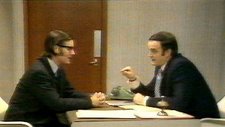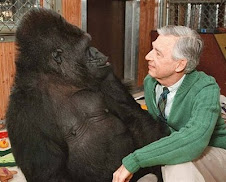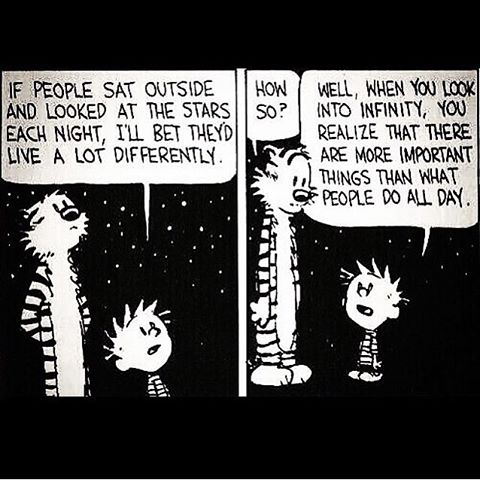Julian developed what he called "evolutionary humanism," a mashup of his favorite progressivist themes. It featured in many of his lectures and books, although he discussed it in greatest detail in "Religion Without Revelation" (1927). Central to the ideology was humanity's purpose: we are the children of a cosmic process that produces ever-greater intelligence and complexity. There could be no more important common aim than to take control of that process—to overcome our individual and tribal identities and achieve the more advanced mode of collective existence he called transhumanism. Evolutionary humanism, given its focus on the betterment of the species, became welded to eugenics. This might explain why, as eugenics lost legitimacy, evolutionary humanism became all but forgotten.
Where Julian focussed on unity and transhumanism, Aldous turned to experience. As an undergraduate at Oxford, he wrote to Julian about his conviction that the higher states of consciousness described by mystics were achievable. The fascination persisted, and, by the nineteen-thirties, Aldous believed that society's aim should be to nurture the pursuit of enlightened consciousness. By the time he published "The Doors of Perception" (1954), which connected his experience on the drug mescaline to the universal urge for self-transcendence, he had been writing and lecturing on mystical experiences for decades. Through this commitment, Aldous helped pioneer a form of secular mysticism that suffuses modern attitudes, showing up in things like New Age yoga and psychedelic-assisted therapy. An inheritor of evolution, the half-blind stork wrested sublime experience from the caverns of institutionalized religion.
The history of the Huxleys reveals a paradox in how we think about evolution. On the one hand, it exemplifies our impulse to find answers in cosmology. As organized religion declined, people sought guidance and justification in the scientific narratives taking its place. From race science to eugenics, progress to spirituality, the Huxleys combed our deep past for modern implications, feeding an ever-present yearning.
On the other hand, the Huxleys expose how diverse and historically contingent those implications can be. Evolution is a messy, nuanced, protean picture of our origins. It offers many stories, yet those which we choose to tell have their own momentum. It can serve as a banner of our common humanity or as a narrative of our staggering differences. It can be wielded to fight racism or weaponized to support oppression. It can inspire new forms of piety or be called on to destroy dogma. The social meanings of evolution, like so much else, are part of a grander inheritance.
https://www.newyorker.com/magazine/2022/11/28/how-the-huxleys-electrified-evolution









 Charles Darwin (
Charles Darwin (













